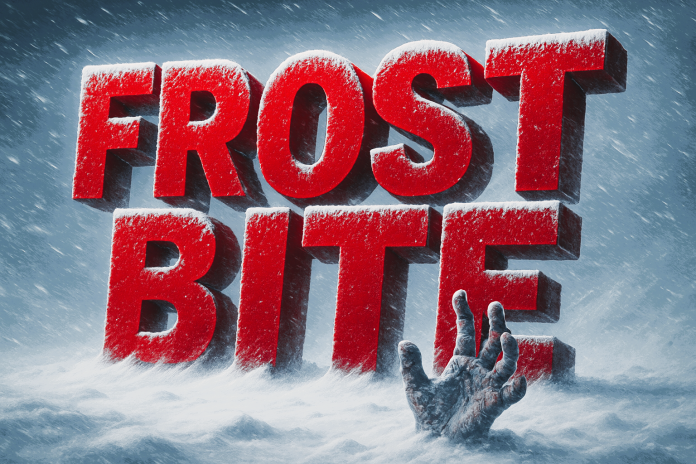Billings, MT – Montana may face some of the coldest Thanksgiving-week temperatures in the nation, heightening the risk of frostbite and hypothermia, according to updated projections from the National Oceanic and Atmospheric Administration (NOAA). The Nov. 19 climate outlook highlights a significant pattern shift beginning November 25, with colder-than-normal air likely across the Northern Rockies and High Plains into early December.
According to NOAA, the expected drop in temperatures is linked to ongoing La Niña conditions, the Madden–Julian Oscillation, and the potential for a rare late-November sudden stratospheric warming event. Together, these atmospheric forces may funnel Arctic air deep into the North-Central and Western U.S., placing Montana directly in the below-normal temperature zone.
With hunters in the backcountry, families traveling long distances, and early ski-season activities underway, health officials warn that frostbite and hypothermia can develop rapidly — especially when strong winds push wind-chill values well below zero.
Common frostbite symptoms include:
• Numbness or loss of feeling
• Tingling or prickling sensations
• Cold, hard, waxy-looking skin
• Skin discoloration (red, white, blue, gray, or purple)
• Blisters that may appear after rewarming
Ten key signs of hypothermia:
Shivering, slurred speech, shallow breathing, weak pulse, confusion, memory loss, severe fatigue, stumbling or clumsiness, drowsiness, and — in extreme cases — loss of consciousness. Infants may show bright red, cold skin and unusually low energy.
NOAA urges Montana residents to dress in insulated layers, protect extremities, and limit outdoor exposure during the coldest parts of Thanksgiving week. Anyone showing frostbite or hypothermia symptoms should seek immediate medical attention and warm affected areas using warm — not hot — water or gentle body heat.





